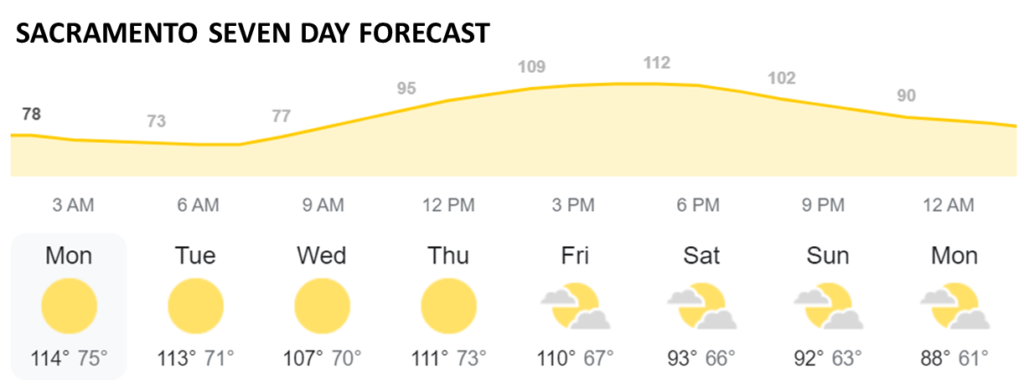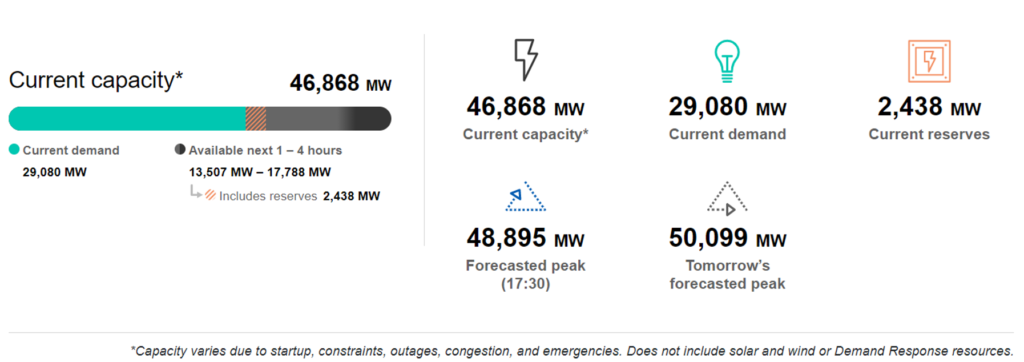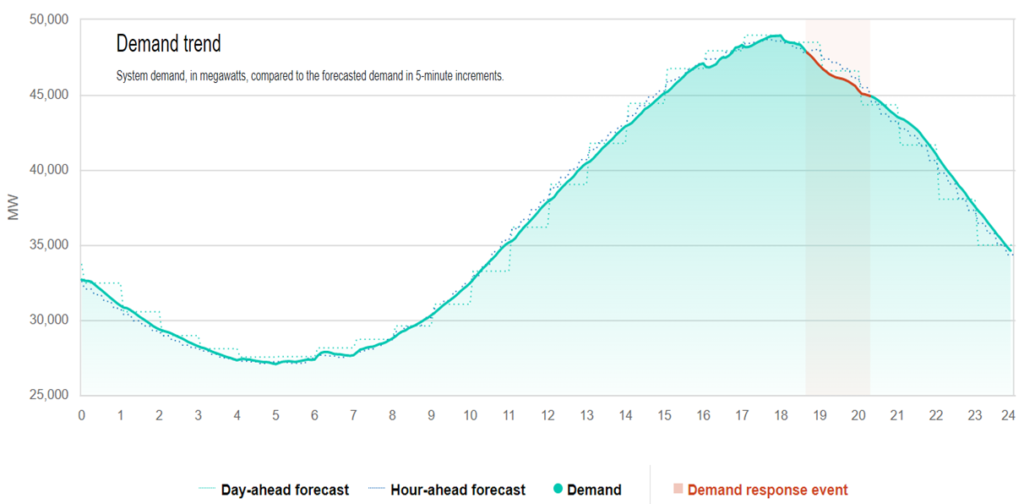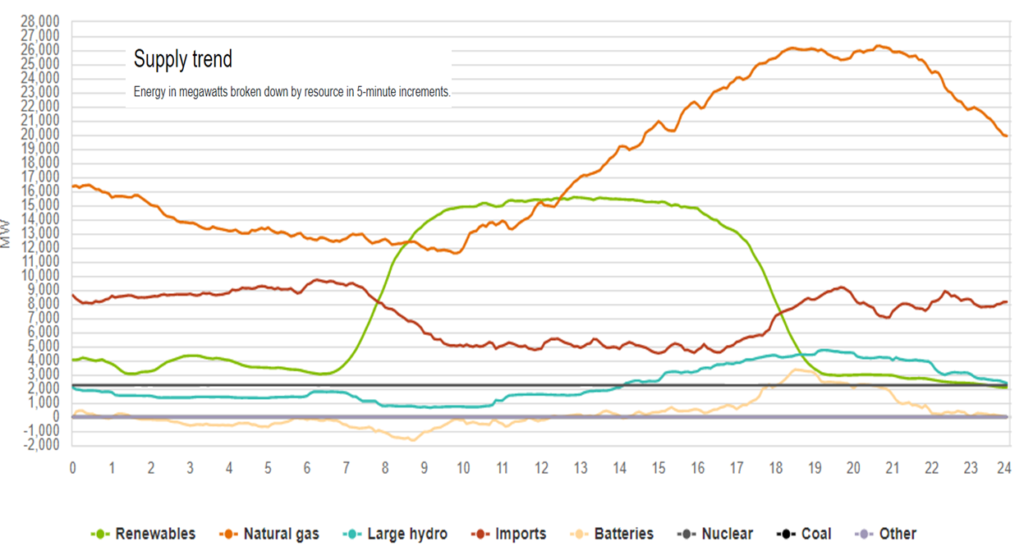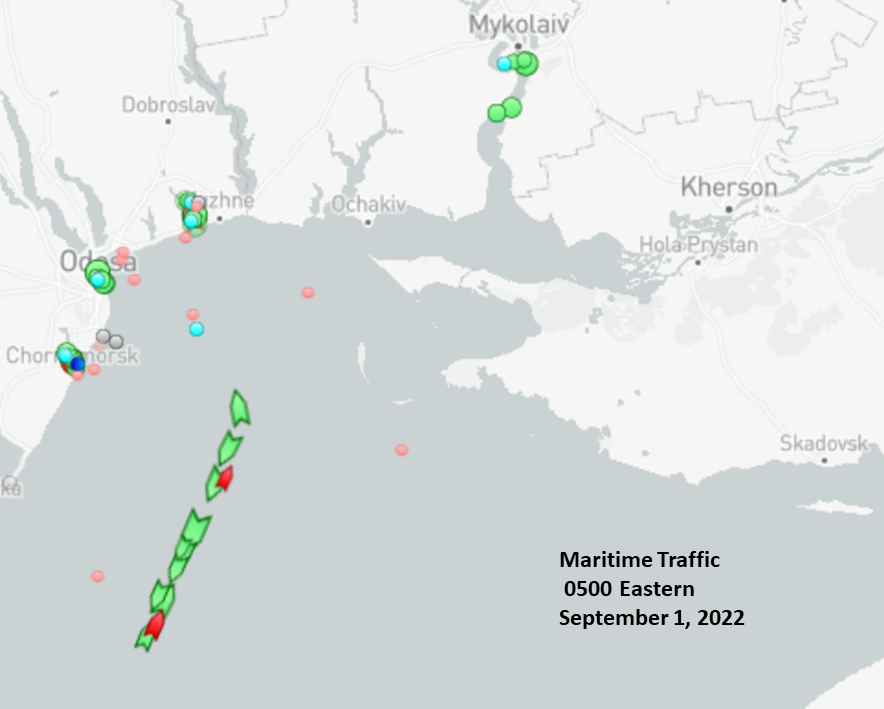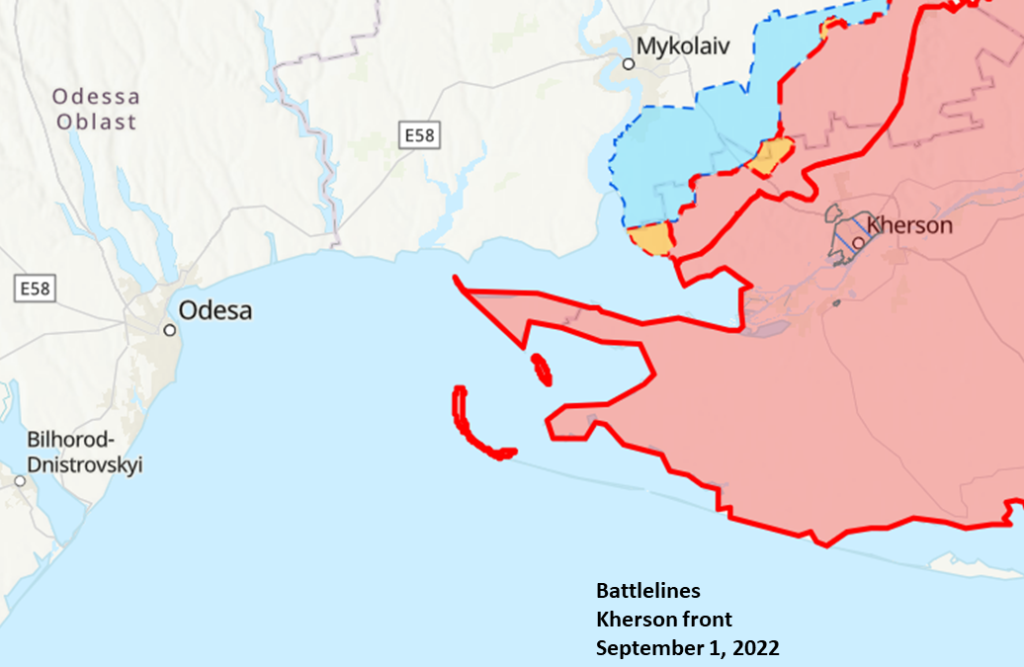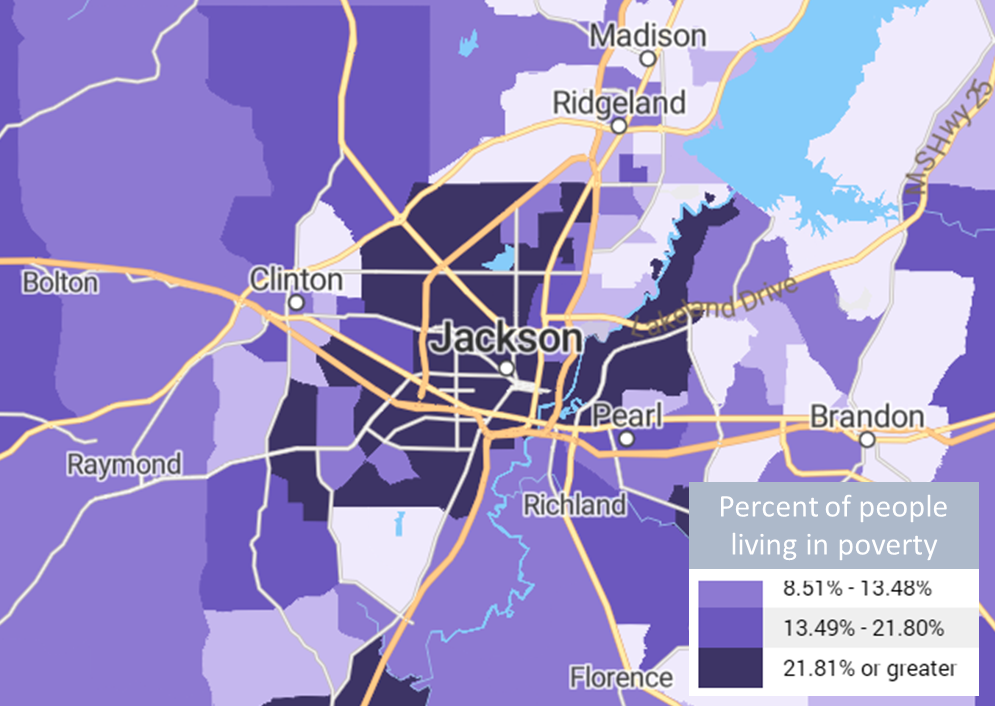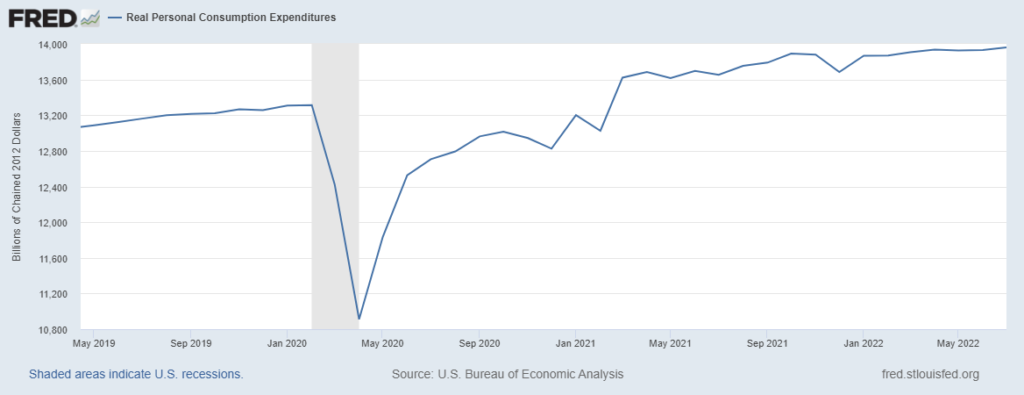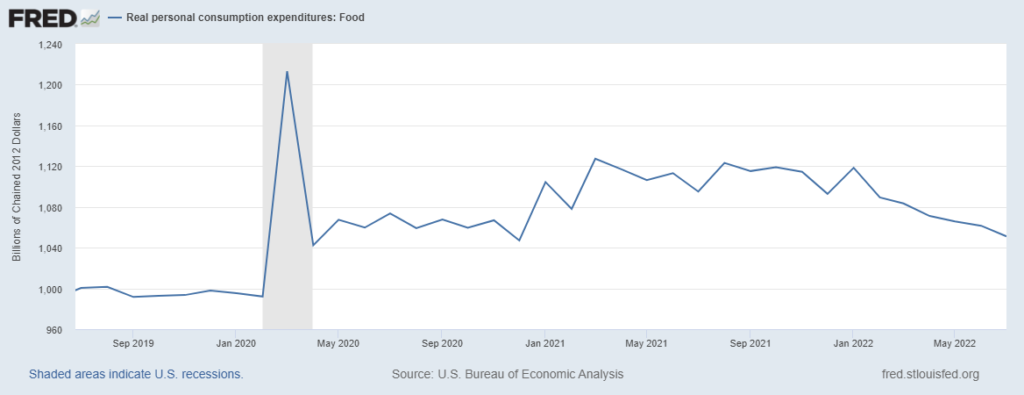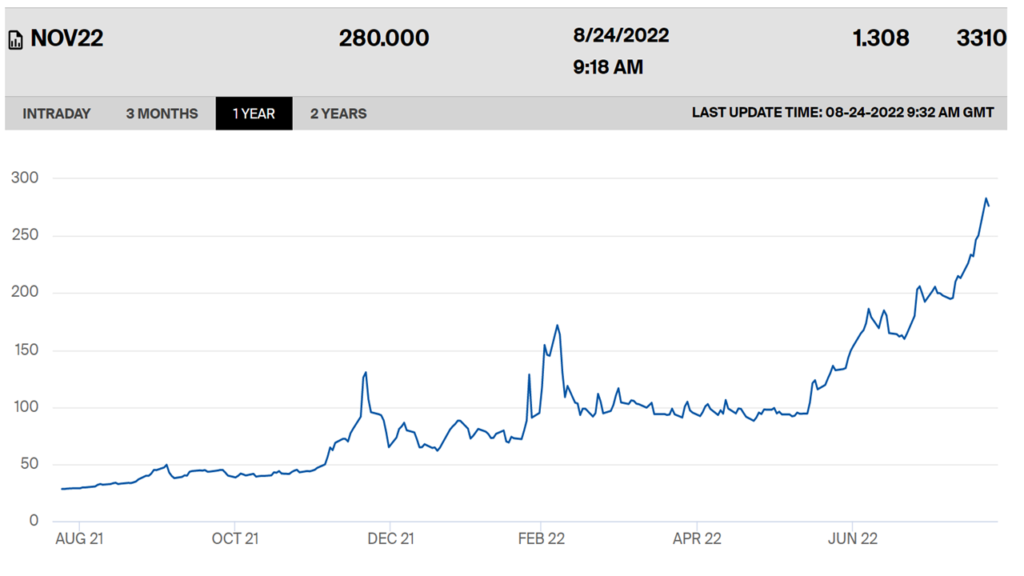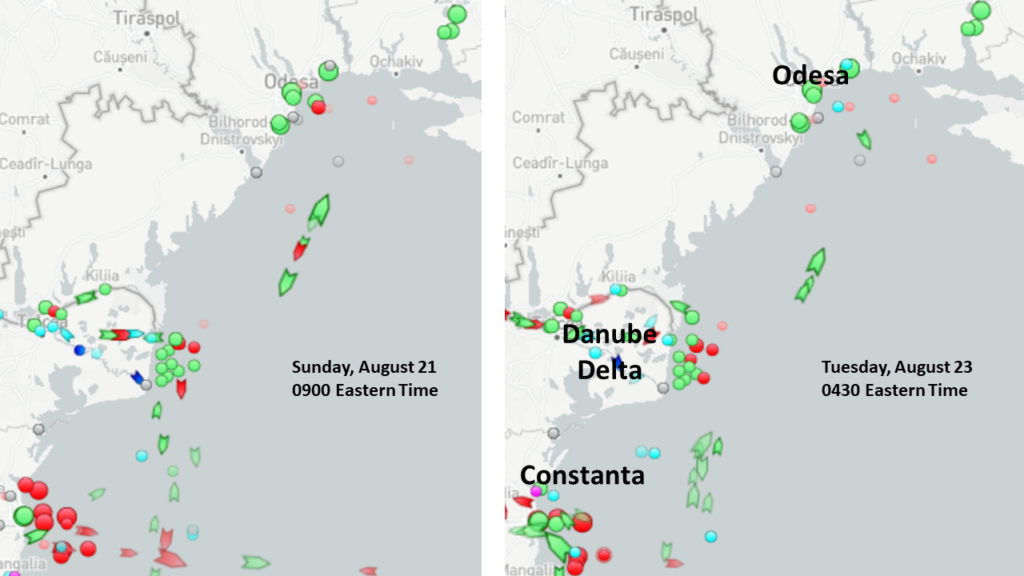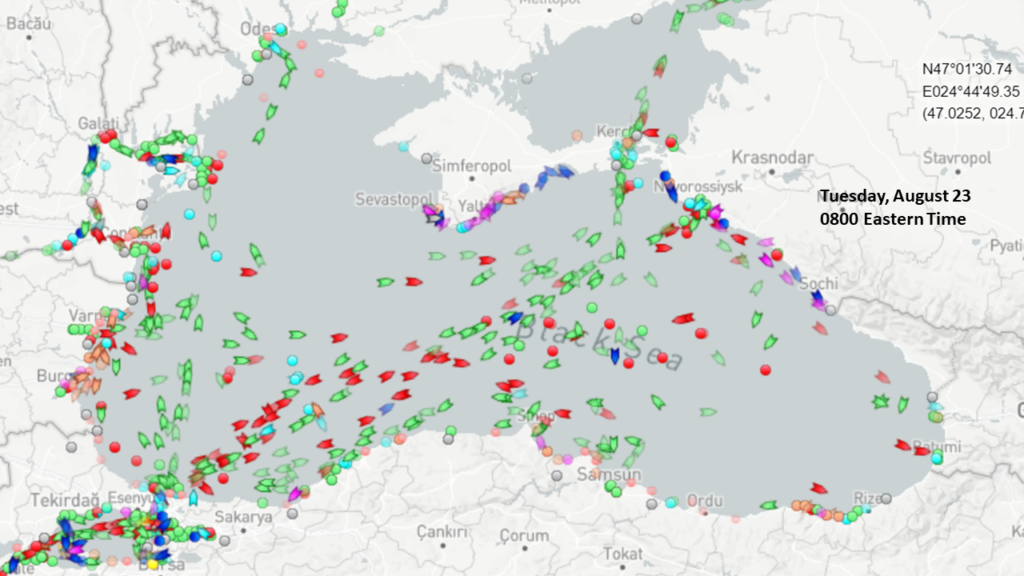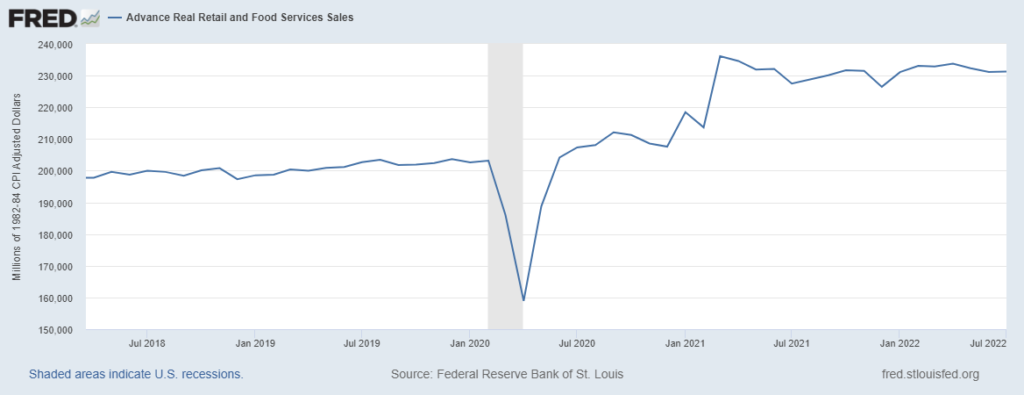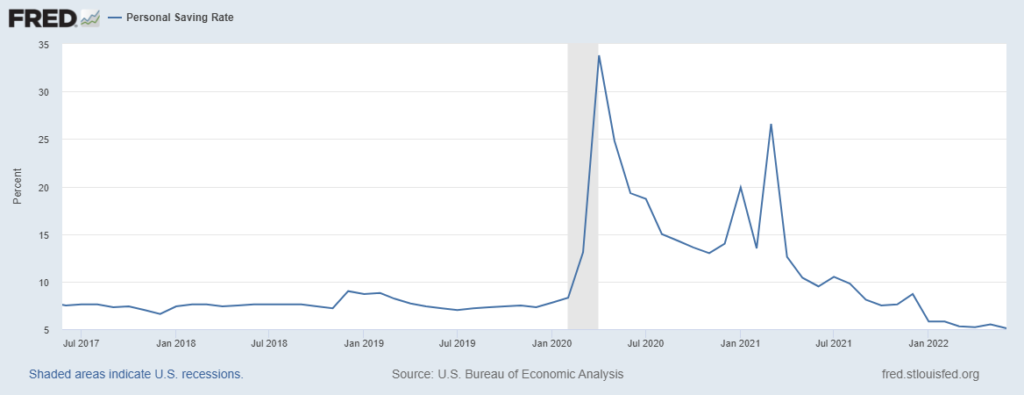[Update Below] Yesterday, September 6, at 17:48 Pacific Time the California Office of Emergency Services sent the following mass text message:
“Conserve energy now to protect public health and safety. Extreme heat is straining the state energy grid. Power interruptions may occur unless you take action. Turn off or reduce nonessential power if health allows, now until 9pm.”
In the next seven minutes demand for grid power declined 1.2 gigawatts and continued to drop. See chart below (more and more and more). An emerging — potentially cascading — threat to sufficient supply was mitigated by well-timed, well-aimed action that engaged a well-prepared target.
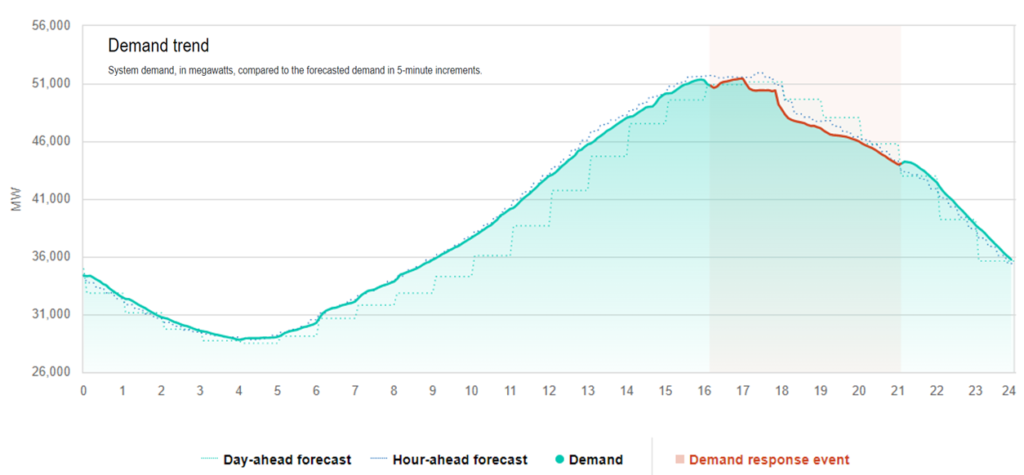
September 8 Update: Wednesday evening and overnight headlines are once again similar to California Avoids Blackouts (more and more). When a big risk avoided is also big news, the risk context is clearly higher than desirable.
September 10 Update: Supply and demand continued to play cat and mouse with California’s grid. Late this week a second cat — in the form of tropical storm Kay moving north from Baja — increased risks (more). But as Kay bounced into the heat dome, SoCal temperatures fell and the new cat turned (mostly) out to sea. (More on demand management and related duck curves from a UCLA engineer.)

